6 Ways to Ensure Your Antique Signs Are the Real Deal
Antique signs are a fascinating glimpse into the past, each one telling a story about the era from which it originated. However, with the rising popularity of vintage memorabilia, there has also been an influx of reproductions that can mislead even the most discerning collector. Today, we're going to guide you through six essential ways to ensure that the antique signs you're eyeing are genuine artifacts and not modern-day imitations. Let's take a look for more information!
1. Check the Material
The first step in authenticating an antique sign is to scrutinize the material it’s made from. Old signs were usually crafted from wood, porcelain enamel, tin, or steel. Unlike modern reproductions, which might use lighter, cheaper materials and paint, original signs often have a weightier, more robust feel. Touching and handling the sign can give you an initial impression of its age. The aging process of certain materials, like rust forming on metal or wood darkening, is hard to replicate authentically.
2. Look for Authenticating Markings
This is a very important step to verify authenticity. Authentic
antique signs often have specific marking stamps, manufacturing dates, or company logos that can help in identifying their authenticity. These markings can generally be found at the bottom or on the back of the sign. Since reproducing these exact stamps can be complex and costly, finding these marks is a good indicator that you have a real antique on your hands. Researching these marks online or consulting an expert can confirm their validity.
3. Inspect the Mounting Hardware
The mounting hardware can give away a lot about the sign's age. For example, older signs often feature heavier, more rugged hardware made from iron or brass. Over time, these metals develop a characteristic patina that’s difficult to fake. According to The Decorative Fair, English law compelled businesses to fix their signs flat against walls starting in 1762, which means authentic old English signs would reflect this regulation in their mounting approach. Modern signs often use lighter, less durable materials that lack this historical detail.
4. Examine Wear and Tear
True antique signs will naturally show signs of aging, such as rust, faded paint, and general wear and tear. While modern techniques can mimic these effects, they often fall short of the organic wear patterns that only time can produce. Look closely at the edges and surface of the sign; uneven, natural wear is a sign that it’s most likely genuine. Additionally, paint chipping and rust patterns should appear consistent with the age of the sign and its exposure to the elements.
5. Conduct Provenance Research
Provenance, or the chronological history of ownership, can significantly bolster the authenticity of an antique sign. Researching previous owners, the sign’s origin, and any historical context linked to it can lend you vital clues. In some cases, documentation or old photographs of the sign in its original setting can act as powerful evidence of its authenticity. A well-documented history adds credibility and can significantly increase the value of your antique.
6. Check for Reproduction Techniques
With the popularity of vintage decor rising, reproduction techniques have become more sophisticated. One trick is to examine whether the aging looks artificial. Some reproductions use chemical processes to simulate rust or wear, but these usually look uniform or exaggerated. Also, check if the sign’s design matches the era it's supposed to represent—font styles, logos, and even language can be an indicator of whether a sign is genuine or not. It's always important to check all of these variables when working with antiques.
Ensuring that your antique signs are the real deal involves a multi-faceted approach. From examining the materials and markings to delving into provenance and understanding historical regulations, every detail can provide a key piece of the puzzle. By following these guidelines, you can confidently build a collection of genuine antiques that do more than just decorate a space—they narrate a story of past times and lives. Investing time in research and learning to spot these details will help you avoid reproductions and secure timeless pieces for your collection. For more information regarding antique signs and more, call us at Antique Sign Collector today. We look forward to hearing from you and working with you in the near future!
serving Area
Crawfordsville, IN
Business Hours
- Mon - Sun
- -
Calls Accepted 24/7

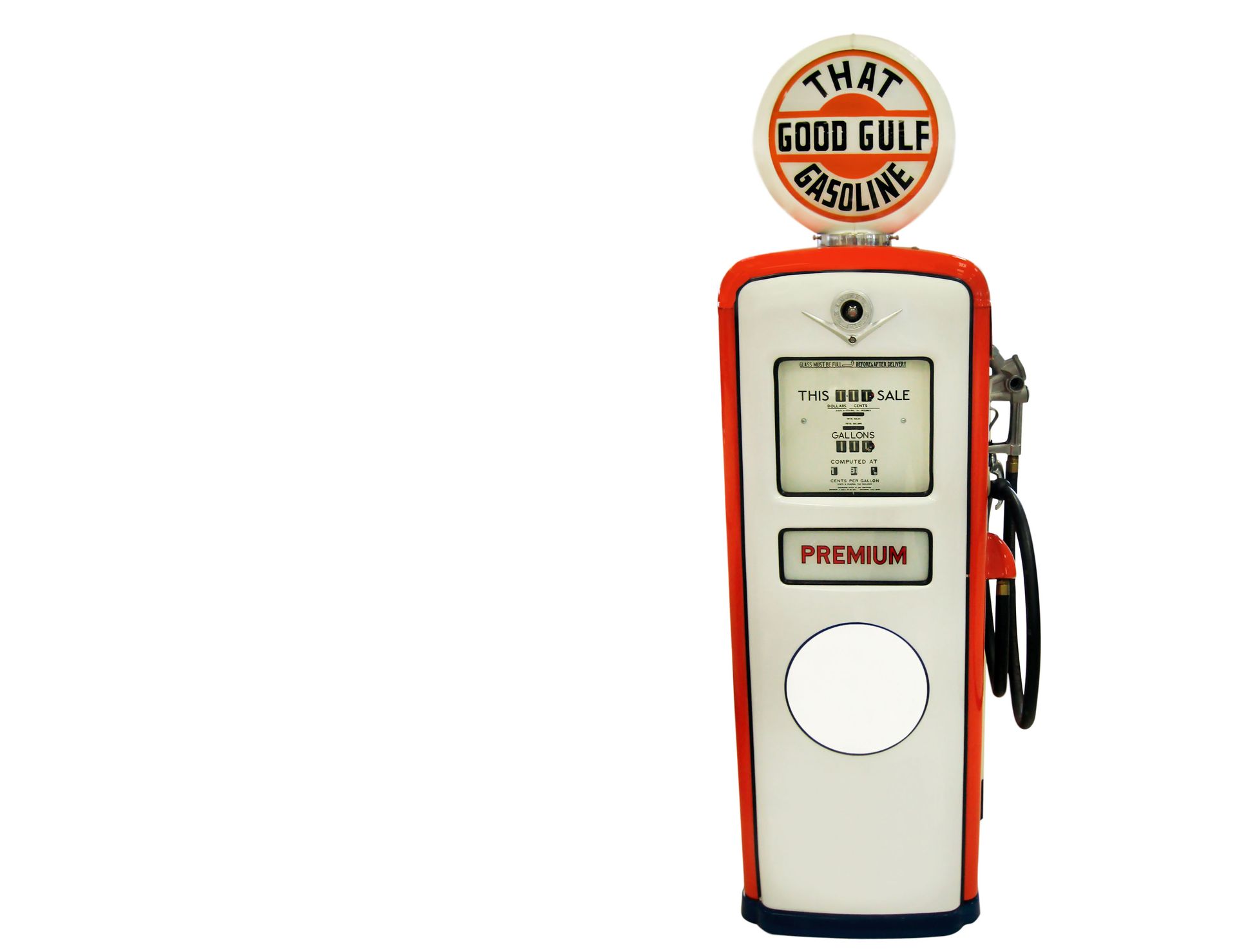

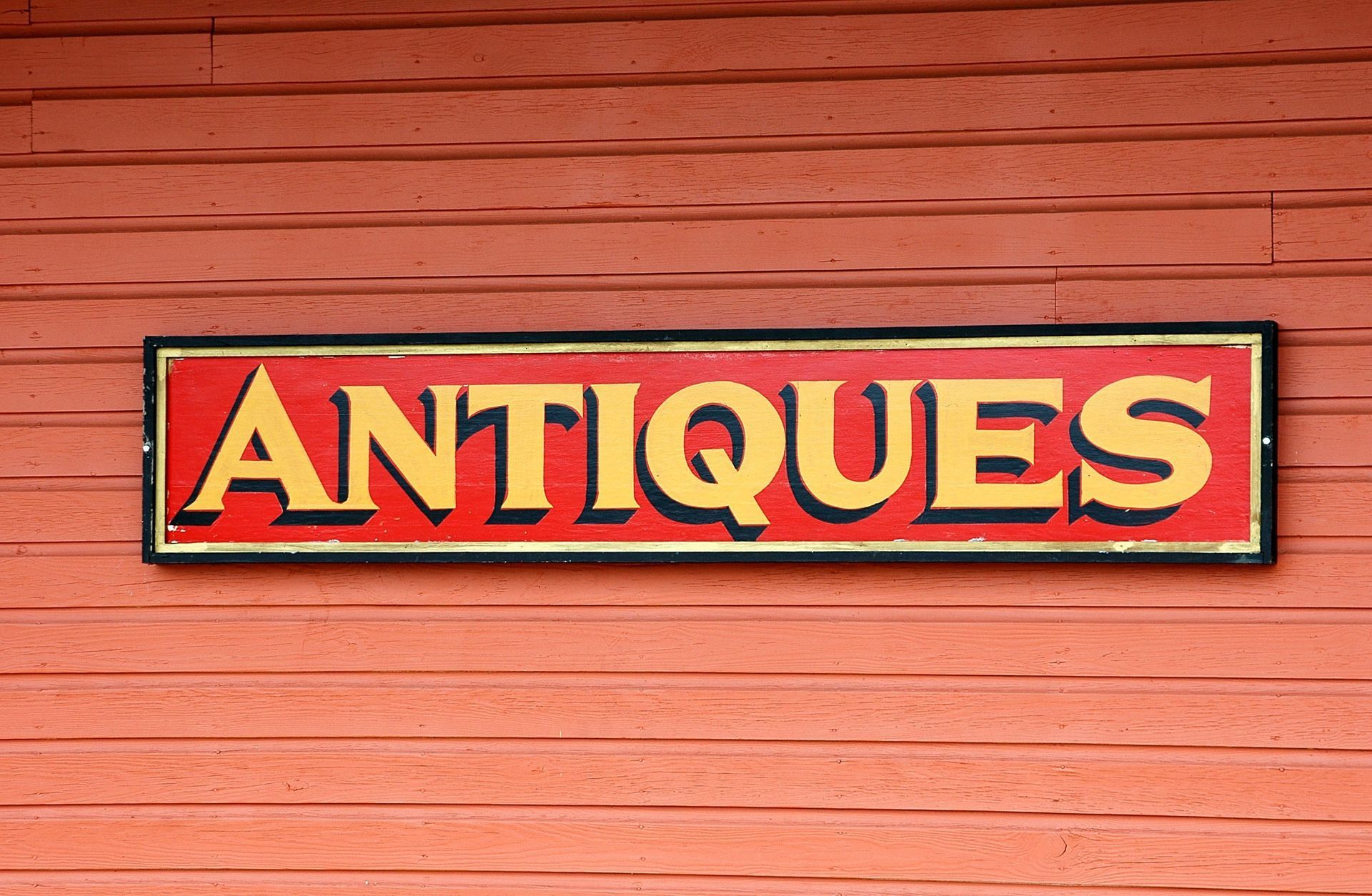
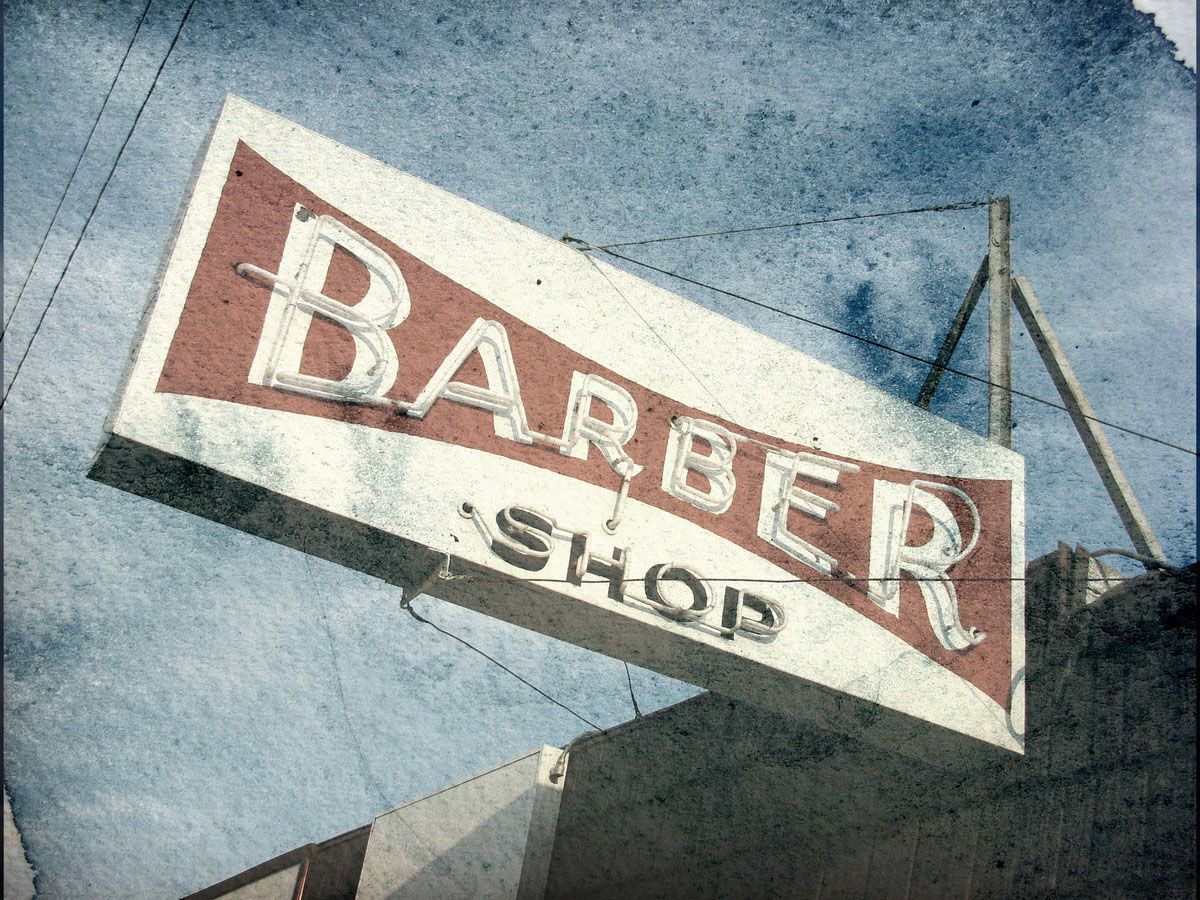
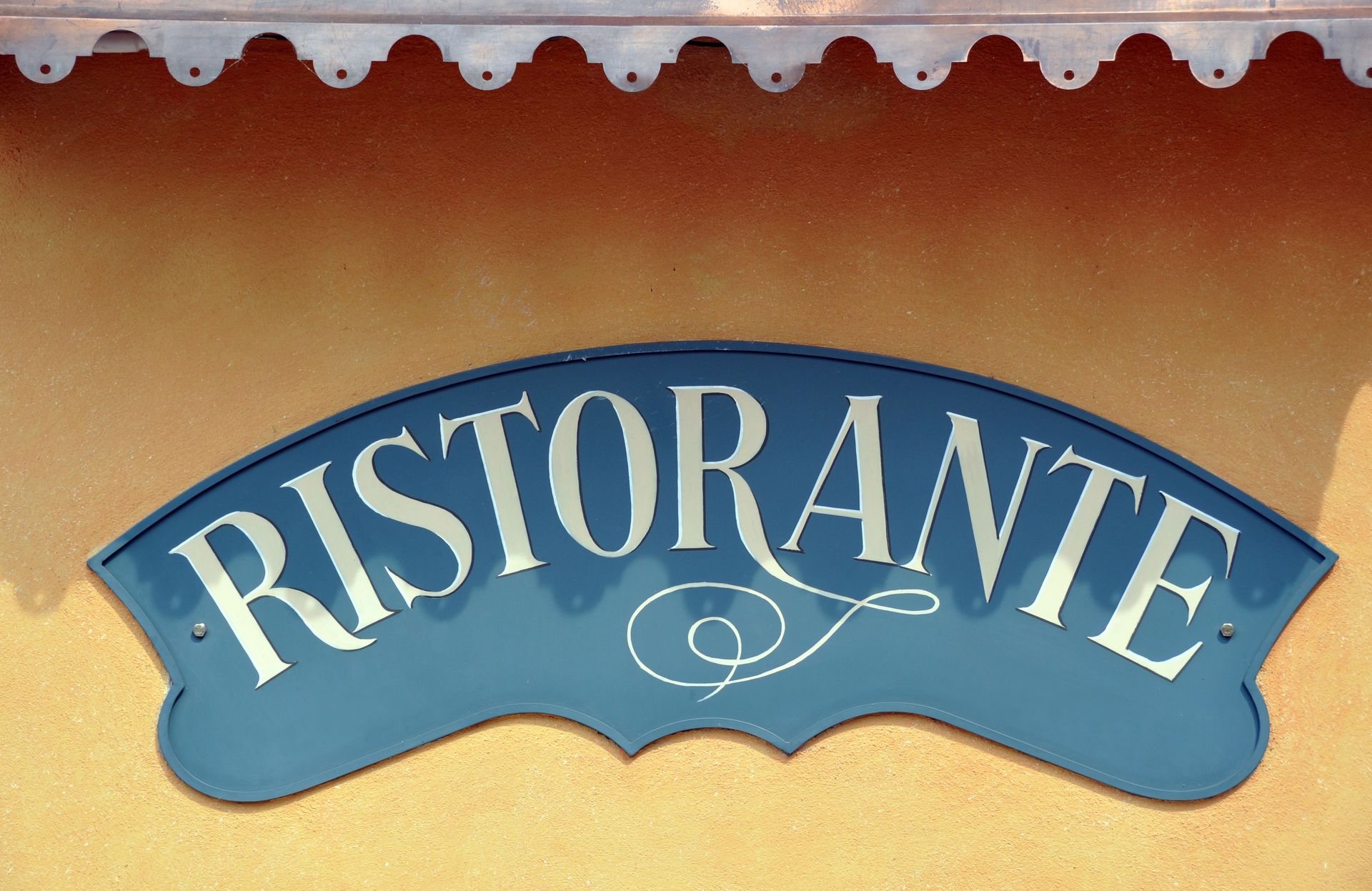



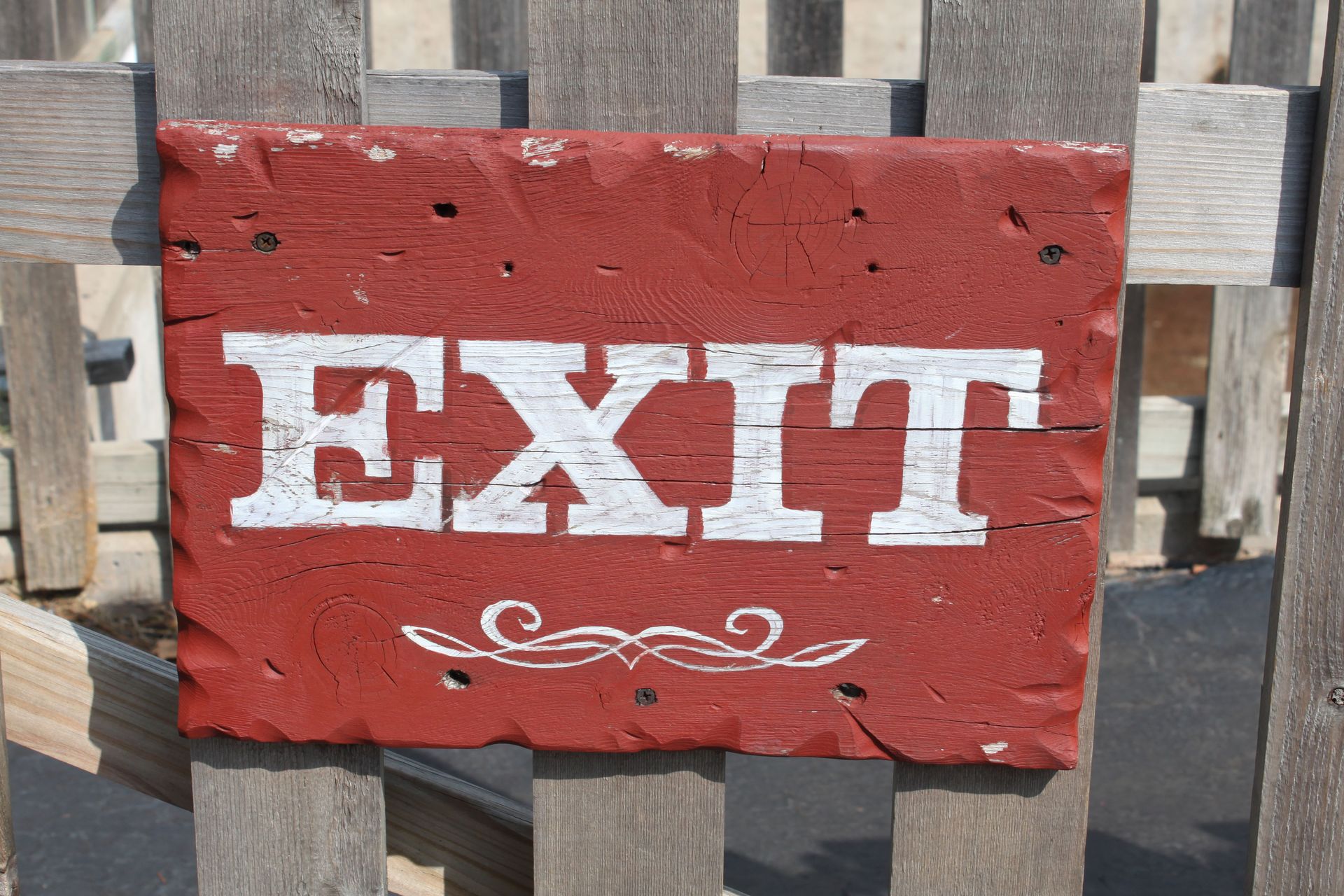
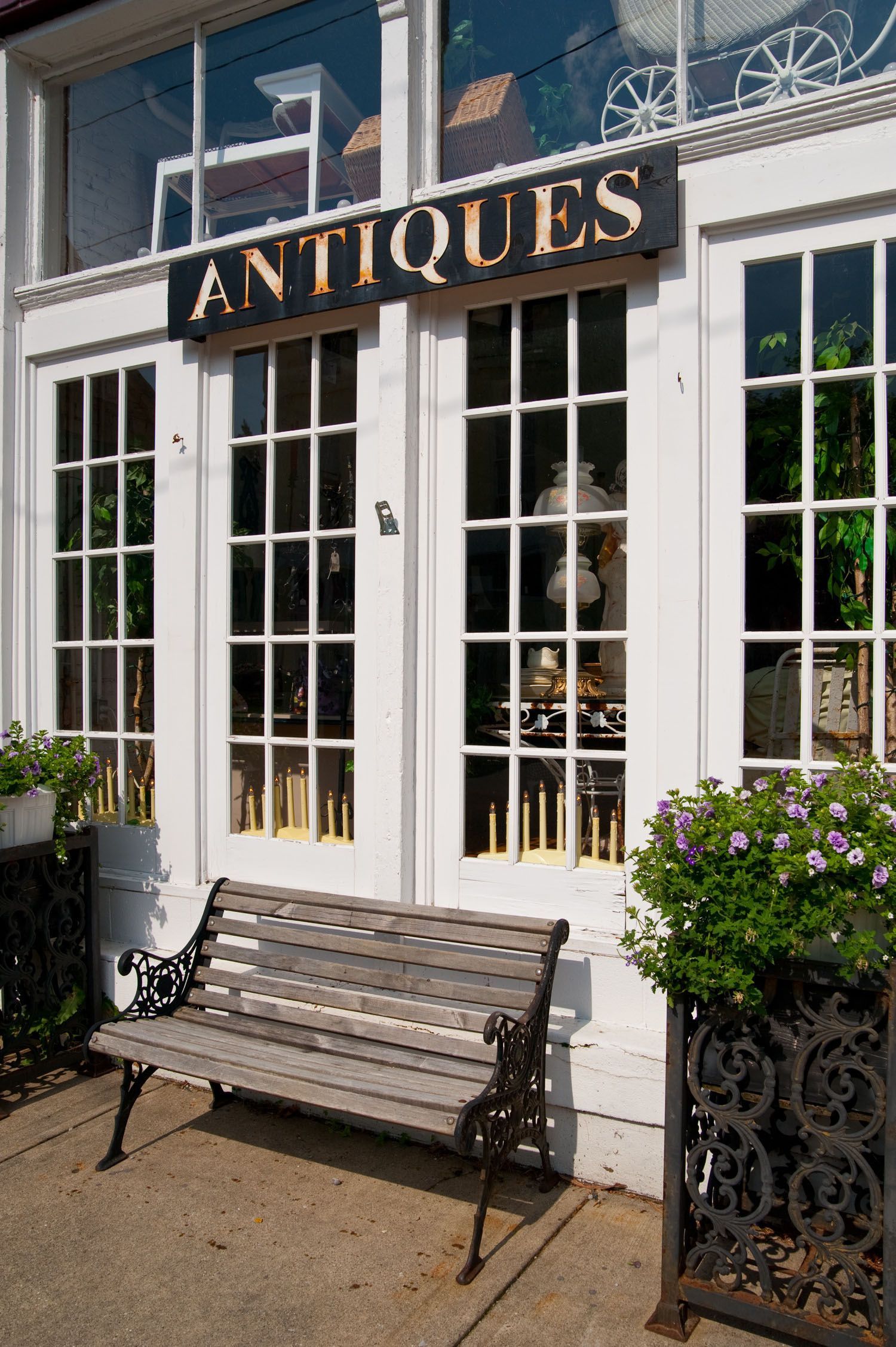
Share On: